Premium Only Content
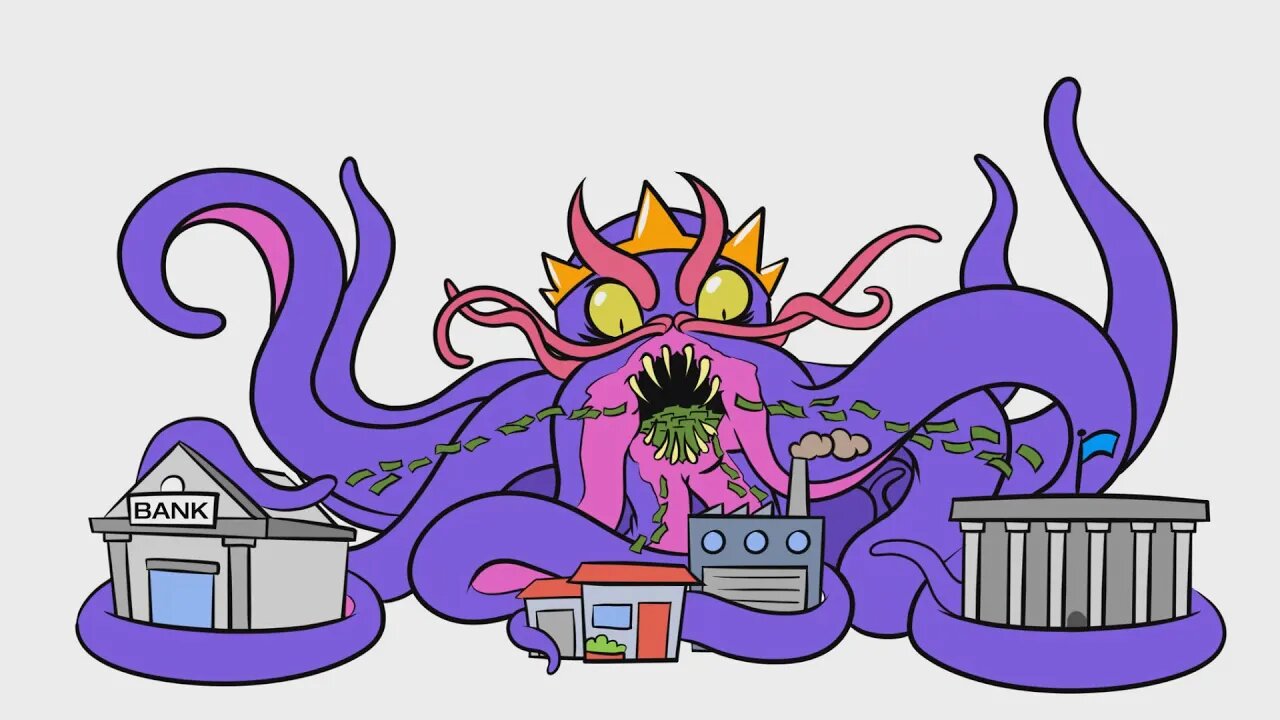
Money and the State
Money and the State Governments, unlike all other organizations, do not obtain their revenue as voluntary payment for their services.
Consequently, governments face an economic problem different from that of everyone else.
Private individuals who want to acquire more goods and services from others must produce and sell more of what others want.
Governments need only find some method of expropriating more goods without the owner's consent.
One way is theft, which in a monetary economy is called “taxation.”
But taxes are unpopular, and too much of them can spark rebellion from the public.
As a result, governments discovered another way to enrich themselves: counterfeiting—creating new money out of thin air, rather than earning it through exchanging goods and services.
While much has changed throughout history, government’s dependence on counterfeiting goes back thousands of years.
For example, in ancient Rome, emperors would shave off bits of metal from coins—or replace them entirely for inferior metal. In doing some, the government would create new coins for it to spend—at the expense of the citizens whose money was now less valuable.
Governments today do not inflate the currency by cutting coins, but they continue to expand the money supply at the expense of everyone else.
How? Two ways.
One is by creating it directly.
One consequence of using paper was that it became easier to print new money into the system. Every new dollar that the government created, not backed by any commodity, had the same effect as shaving off metal to create new coins.
In today’s world, it is even easier. Now that most transactions are done electronically, central banks—like the Federal Reserve—can create trillions of new dollars with a keypad. This can then be pumped through the banking system with the central bank buying assets—like government debt or mortgages—in exchange for the newly printed money.
The other way is by regulating how banks can issue loans. With a fractional reserve banking system, the government can increase the money supply by changing the requirements for reserves in bank deposits. Requiring a 90% reserve means only 10% of a bank account can be loaned out. Changing that to a 10% reserve would allow for an exponential increase in the money supply, given the way money can multiply in such a system.
This increase in the money supply can give the economy the appearance of increased wealth in an economy. More money means its price—also called the interest rate, or the cost of borrowing money—goes down, which means that it is cheaper to invest in a new project that an individual may believe to be profitable.
Without an increase in money, this would require an increase in real savings—which would reflect a change in consumer preferences. Instead, this artificial boom leads to investments in projects and industries that would not have appeared profitable with real market prices.
A short-term boom becomes a bust as there is not enough profit to justify the debt.
A government that controls the money and banking systems in an economy can use it to confiscate wealth through inflation, monetize its debt, and interfere with general investment activity. It can do all of this without the brutality of police forces or militaries.
How do governments achieve this power?
To help understand that, let us look at the history of our Federal Reserve.
________________________________________
This series was inspired by Murray Rothbard's classic introduction, What Has Government Done to Our Money?—available for free in PDF, ePub, HTML, and Audiobook at https://Mises.org/WHGD
To learn more about the operations of the Federal Reserve, check out Bob Murphy's book, Understanding Money Mechanics, available for free in PDF, ePub, and HTML at https://Mises.org/BobMoney
For more animated content, check out Economics for Beginners at https://BeginEconomics.org.
-
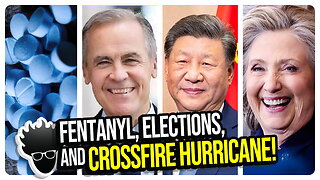 1:39:52
1:39:52
vivafrei
7 hours agoMeth Labs Busts in Canada! More Chinese Election Interference? Cross-Fire Hurricane Scandal & MORE!
73.1K26 -
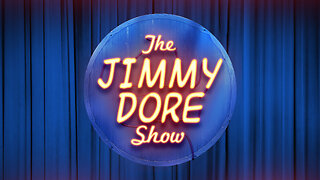 LIVE
LIVE
The Jimmy Dore Show
1 hour agoDHS to Screen Visa Applicants for WRONGTHINK! Media LYING About Measles Death! w/Norman Finkelstein
8,939 watching -
 LIVE
LIVE
Nerdrotic
2 hours ago $7.05 earnedMarvel Is SCREWED | Daredevil Afterbirth | G20 is ABSOLUTE Cinema - Friday Night Tights 349 w MauLer
4,987 watching -
 LIVE
LIVE
Dr Disrespect
6 hours ago🔴LIVE - DR DISRESPECT - WARZONE VERDANSK - SOLO WINS
5,050 watching -
 LIVE
LIVE
LFA TV
10 hours agoLFA TV - ALL DAY LIVE STREAM 4/11/25
924 watching -
 LIVE
LIVE
Major League Fishing
1 day agoLIVE MLF College Fishing Championship!
187 watching -
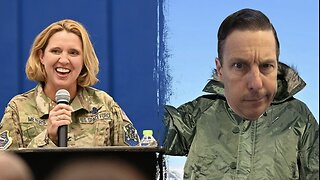 1:12:00
1:12:00
Jeff Ahern
2 hours ago $0.47 earnedFriday Freak out with Jeff Ahern! (1pm Pacific)
13.2K -
 2:12:33
2:12:33
The Quartering
5 hours agoWild Joe Rogan Stream, China Retaliates, Woke Jerks Review BOMB My Coffee & More!
227K88 -
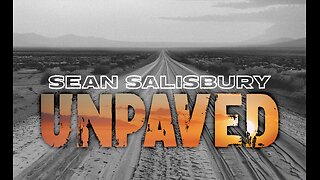 1:07:03
1:07:03
Sean Unpaved
5 hours agoNIL Controversy In Tennessee, Second Round of Masters Tee-Off, Flacco's Return To Cleveland!
56.4K3 -
 16:09
16:09
Clownfish TV
6 hours agoSnow White Can't Even Break $100 Million?!
44.4K8